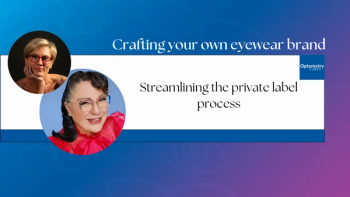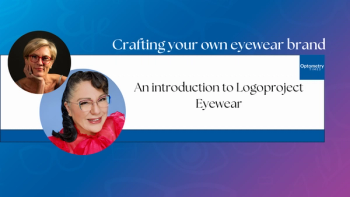
Opinion: The unintended consequences of optometric board certification
The NBEO has made both an obvious and a very courageous decision to embrace its certification as board certification in general optometry. Obvious in that more than 10,000 ODs already represent themselves to be board certified by the NBEO to the Council for Affordable Quality Healthcare (CAQH) and subsequently to the health plans that rely on CAQH for credentialing. And it was courageous, as I’m certain the NBEO faced opposition to its action.
Recently, the
The NBEO-BC process begins with the premise that by passing the national boards, an OD has demonstrated competence. What is then needed is a maintenance-of-certification process, demonstrating a commitment to lifelong learning.
With the new NBEO-BC, we now have 4-4!-board certification entities in our profession: the ABO (American Board of Optometry), the ABCO (American Board of Clinical Optometry), the ABCMO (American Board of Certification in Medical Optometry), and the new NBEO-BC. A veritable alphabet soup of board certification organizations now exists for optometry where none had existed just 5 short years ago. I don’t think the people on the JBCPT nor the members of the AOA House of Delegates who voted to create board certification in optometry ever foresaw this development. Is there a better example of an unforeseen consequence?
While the argument whether board certification is necessary for general optometry has been ongoing for quite some time, I doubt anyone will argue that 4 BC mechanisms is overkill. Let’s exclude the ABCMO from this discussion. The ABCMO is designed to certify optometrists in one specialty area, medical optometry, and will appeal to a very specific group of ODs. So, is there a real need for 3 boards to provide certification in general optometry? Probably not. In fact, many will say one board is too many, as no one has demonstrated an actual need for an optometrist to be board certified. Let’s even put that argument aside.
Board certification in optometry is here. Too many groups have invested time and treasure, and too many ODs have as well to abandon it now. So, instead of the argument, “If board certification is necessary,” perhaps the argument now ought to be, “Which BC mechanism is best for optometry?” With apologies to the scriptwriters of the movie Highlander: “There should be only one!”
I do think that was the plan when this process started.
[Disclosure: Dr. Bowling is certified with the American Board of Certification in Medical Optometry]
Newsletter
Want more insights like this? Subscribe to Optometry Times and get clinical pearls and practice tips delivered straight to your inbox.













































.png)


